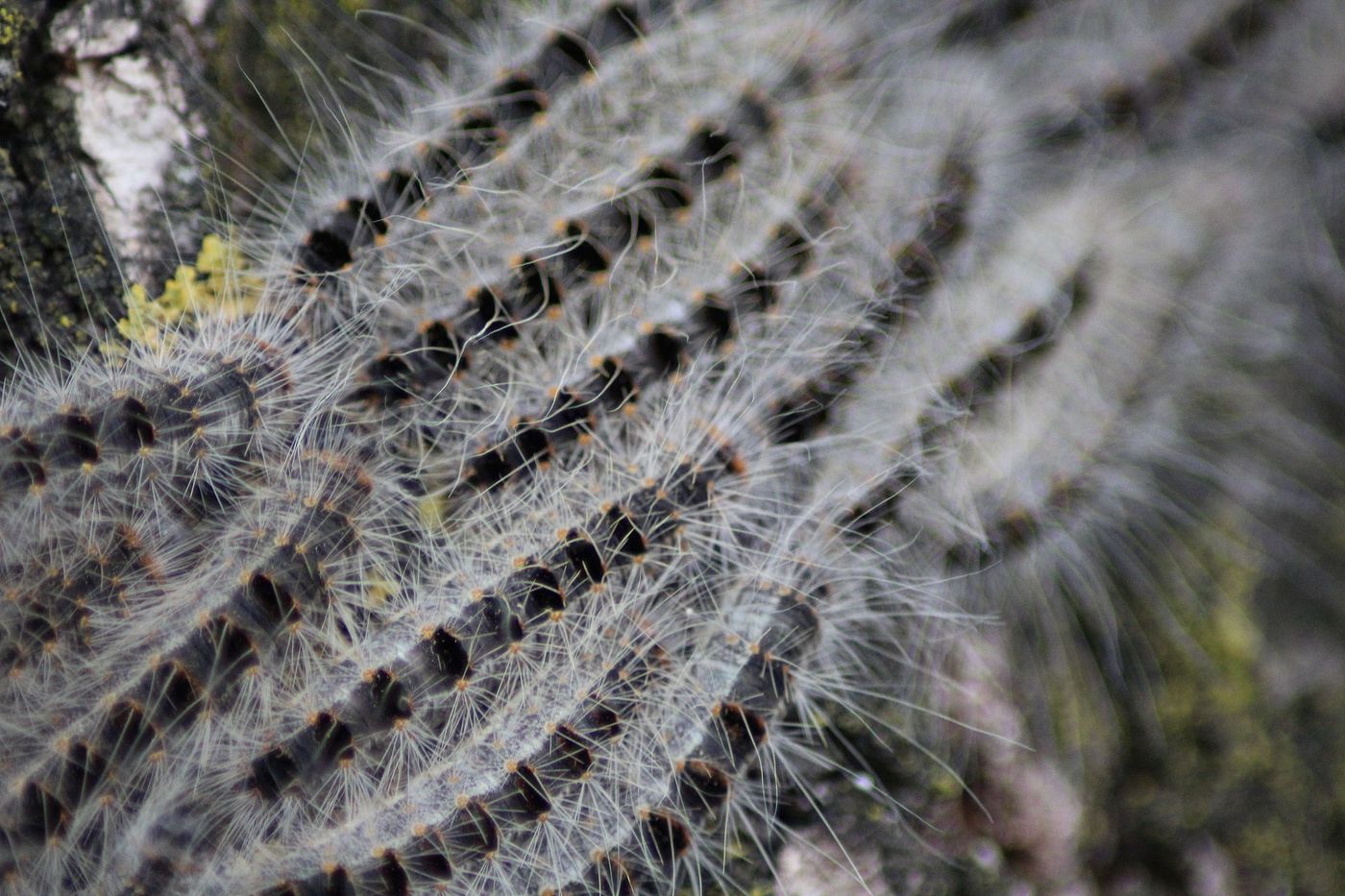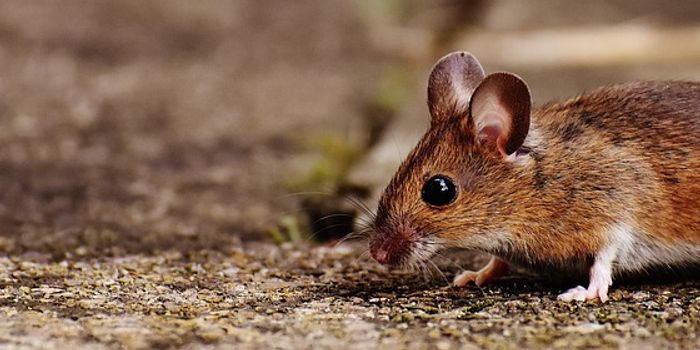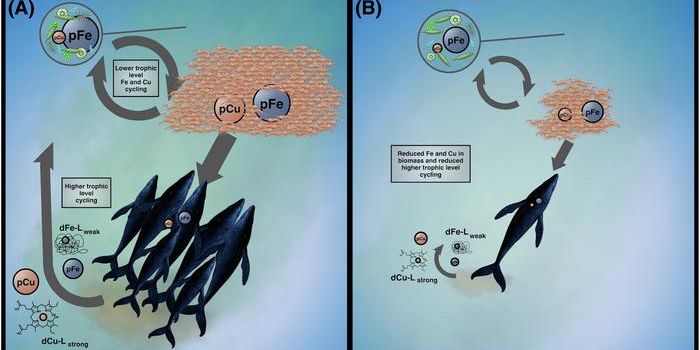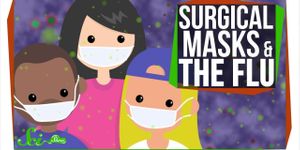Toxic Caterpillar Threatens Public Health in London
Britain’s Forestry Commission is cautioning London residents this week about a sudden uptick in oak processionary moth (OPM) caterpillar sightings.
Image Credit: Kleuske/Wikipedia
These particular caterpillars sport thousands of strikingly-long white hairs known to prompt allergic reactions in people and animals. Asthma attacks, eye or skin irritation, nausea, and anaphylactic shock are just some of the symptoms that can ensue from exposure.
Officials have already taken note of many OPM caterpillar sightings in parks and gardens since mid-April, and some regions are now receiving pest control treatments to prevent the insect from spreading to sterile areas. Some of these treatments could continue into May and June for good measure.
Related: This caterpillar uses a stack of old heads to protect itself
OPM caterpillars are hard to miss in the wild. The distinct white and silken webbing they leave behind on the trunks and branches of oak trees sticks out like a sore thumb against the green and brown you’d expect to see. A spokesperson with the Forestry Commission elaborates in more detail:
“The nests can occur in a range of shapes, including hemispherical, tear-drop shaped, bag-like, and like a blanket stretched around part of a trunk or branch,” the spokesperson said.
“Sizes range from as small as the width of a 50p coin to stretching several feet up the oak tree trunk. They can occur anywhere from ground level to high in the oak tree and can fall out of oak trees and be found on the ground.”
Related: Here's why it's so hard to drown floating fire ant colonies
The OPM caterpillar’s hazardous reputation can be attributed to a protein dubbed thaumetopoein, which resides within its white hairs.
Even the most negligible contact, such as unsuspectingly brushing one’s leg up against one during a hike, can trigger an allergic reaction in people or animals. To make matters worse, the hairs effortlessly detach from the insect and can be carried great distances by the wind. As you can probably imagine, this spells trouble for wherever the loose hairs might end up.
Officials have warned residents to avoid contact with nests and lone OPM caterpillars alike. Furthermore, adults are advised to supervise their children and pets when outside to prevent exposure.
Experts will continue monitoring the situation throughout the Summer, deploying pest control as needed.
Source: NYTimes









